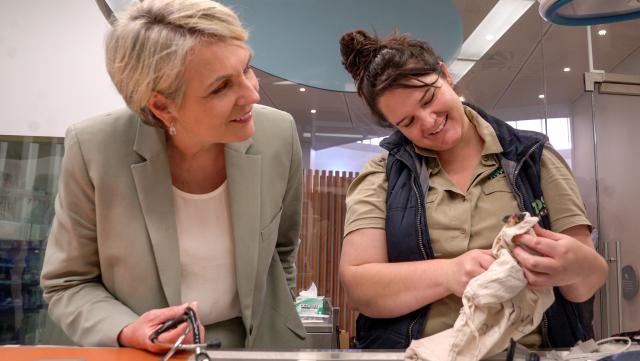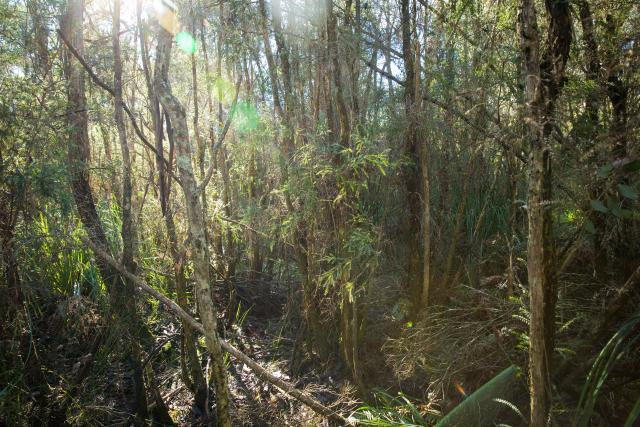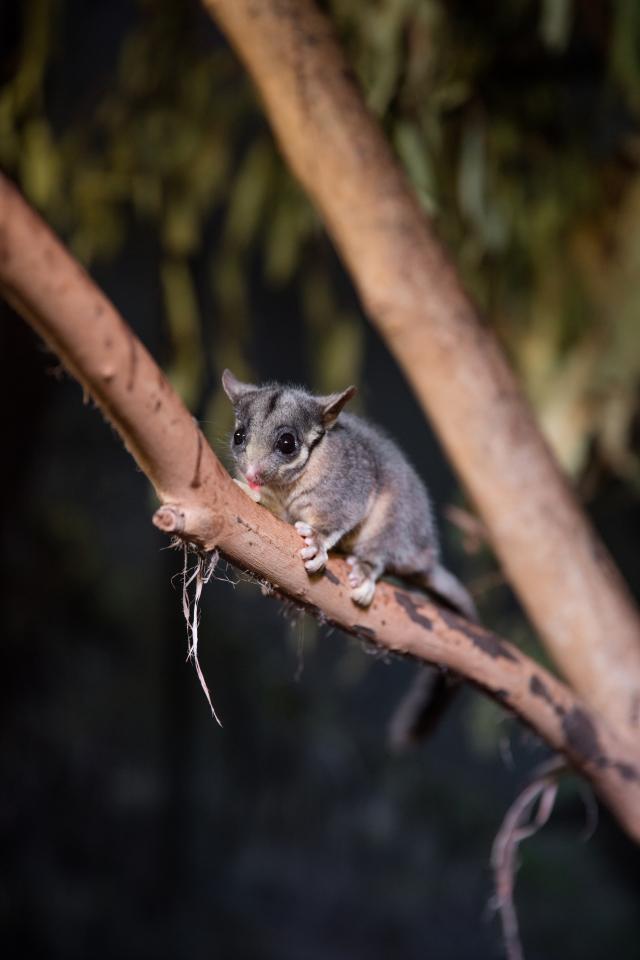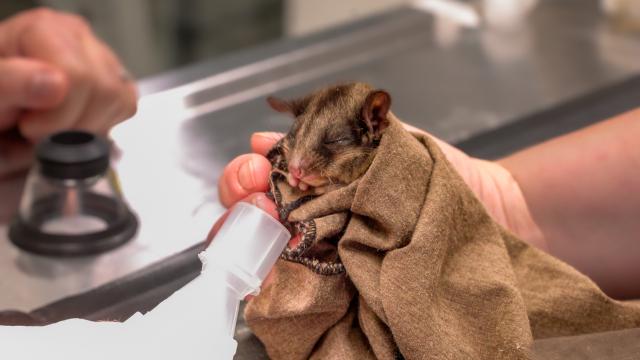
By Dongyun Kwon
The Federal and State governments want to save an endangered species in Victoria by partnering with a local zoo and group.
Federal environment and water minister Tanya Plibersek announced the launch of the Leadbeater’s Possum Recovery Plan at Healesville Sanctuary on Tuesday 5 March.
The Leadbeater’s possum is one of the most threatened marsupials on the planet and was thought to be extinct until it was rediscovered in 1961 in a forest near Marysville.
It was proclaimed the state faunal emblem of Victoria, alongside the Helmeted Honeyeater, in 1971.
Ms Plibersek said she was very excited to announce the recovery plan for Leadbeater’s possum to boost its long-term survival.
“Today’s a really exciting day and a day that many Victorian environmentalists have been waiting for and working towards for many years,” she said.
“Leadbeater’s possum is a critically endangered species and a faunal emblem of Victoria which has been under enormous pressure for many years because of logging but also because of the shocking fires that Victoria has experienced and climate change.
“This is a species really being brought back from the brink of extinction using science conservation and many volunteer hours with support from both the Commonwealth and Victorian Governments.”
There are two distinct genetic groups of this elusive possum, which are rarely seen by humans and known as forest fairies due to the way the tiny creatures leap between trees.
Highland Leadbeater’s possums live in montane forests in the Victorian Central Highlands, while Lowland Leadbeater’s possums are isolated to a single remnant of floodplain forest and paperbark thickets in Yellingbo Nature Conservation Area.
Zoos Victoria senior ecologist Dr Dan Harley said the recovery plan would set out the three priority actions required for both lowland and highland populations.
“The first is around habitat protection and restoration. Provision of large areas of high quality habitat is essential for the persistence and recovery of population,” he said.
“We have some legacies from the past bushfires and logging which means old trees are scarce throughout much of the highland landscape where this possum is found.
“We’ve got a program now to provide nest boxes and artificially created hollows using chainsaws. That increases the den availability for the possums and helps them through this period where old trees are scarce.”
The second action is the conservation breeding program at Healesville Sanctuary which is largely focused on how the team recovers the genetically unique lowland population.
The remnant lowland population shows significant impacts of inbreeding resulting in shorter lifetime survival and decreased reproduction.
“There are fewer than 40 individuals remaining in that population and it’s one of Victoria’s most threatening mammals,” Dr Harley said.
“Conservation breeding is to restore lost genetics and address inbreeding depression.”
The last strategy is setting these populations up for the future in response to climate change and increasing bushfire risk.
“That is about looking at the landscapes and the wet forest estates and working out where the climate refugees are, where are those spaces that will be more buffered from warming temperatures and more sheltered from bushfires,” Dr Harley said,
“And we will work out strategies for how we can translocate possums into those places to protect them in the future.”
The Leadbeater’s Possum Draft Recovery Plan was originally released by the Federal environment department in 2016 and hasn’t been taken into action for a long time.
Friends of Leadbeater’s Possum president Steve Meacher said he has been waiting for eight years.
“This has been a long journey with several delays on the way and I am looking forward to a new era in the conservation of Leadbeater’s possum,” he said.
“In 2015, Leadbeater’s possum was listed as critically endangered from endangered and since then, we’ve been working on revising the recovery plan which is the plan that sets out the parameters for the survival of the animal into the future.
“We hope the new plan is going to lead the certainty for the future of this important species.”
The new recovery plan was made in partnership with the Victorian Government in consultation with species experts, industry, conservation organisations and First Nations people.
“Today is a very exciting day because it is a step forward with the Commonwealth Government and the Victorian Government committing to work together for the recovery of this adorable species,” Ms Plibersek said.
“I’m delighted to announce a $360,000 contribution from the Commonwealth Government towards those conservation efforts.”
The Victorian State Government has attributed $2 million to the Faunal Emblems Program between 2023 and 2025 for targeted recovery actions for Leadbeater’s Possums and Helmeted Honeyeaters.
Since 2018, $6 million has been dedicated to improving the future of both species.
Victorian environment minister Steve Dimopoulos said the launch of the Leadbeater’s Possum Recovery Plan is a testament to the state’s collective dedication to ensuring the possum’s survival and the conservation of its natural heritage, marking a critical step towards protecting Victoria’s iconic possum species.
“Together with the Federal Government, we share in a commitment to protect the Leadbeater’s Possum and the conservation of its precious environment, laying the foundation for a sustainable future for Victoria’s biodiversity more broadly,” he said.









